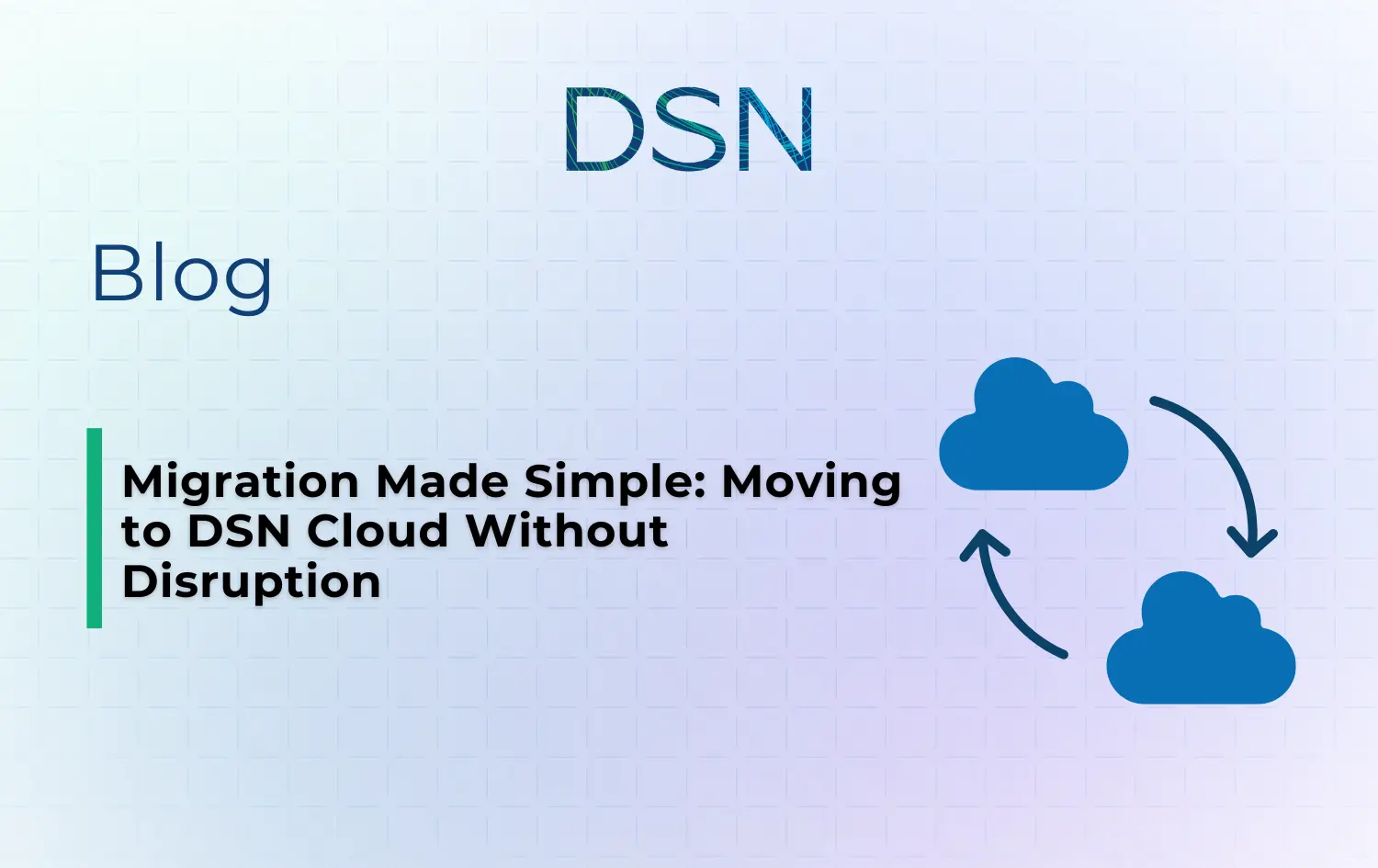Moving to DSN Cloud may feel like a big step for an oral surgery practice, especially if you’ve been running on-premise servers for years. But with the right planning and support, the process doesn’t have to cause stress or downtime. In fact, most practices are surprised by how smooth the transition can be when handled correctly.
This guide walks through what to expect when moving to DSN Cloud, how to prepare your team, and why the switch can set your practice up for long-term efficiency and growth.
Why Practices Consider Moving to DSN Cloud
Before diving into the “how,” it helps to understand the “why.” Practices usually start exploring cloud migration because of:
- Server fatigue: Old on-premise systems slow down, crash, or require constant IT attention.
- Accessibility challenges: Surgeons and staff need secure access across multiple offices or from outside the practice.
- Compliance and security risks: Maintaining HIPAA compliance on local servers can be time-consuming and costly.
- Scalability needs: Growing practices want a system that adapts as they add providers or locations.
Cloud migration directly addresses these issues by eliminating server headaches, improving access, and centralizing everything in one secure environment.
Step 1: Evaluate Your Current System
The first step in moving to DSN Cloud is understanding what you have today. This includes:
- Reviewing your current database and software version
- Identifying how much historical data you want to bring into the cloud
- Mapping out which integrations you currently rely on (imaging, billing, communications)
This step ensures nothing gets overlooked and helps create a clear migration plan.
Step 2: Build a Migration Timeline
No practice wants downtime, especially in a surgical environment where every appointment matters. A good migration plan should include:
- Scheduling after-hours or weekend transitions so the practice stays open without disruption.
- Clear communication with staff on when to expect the changeover.
- A testing period to confirm everything migrated correctly before going fully live.
DSN works with practices to set realistic timelines that minimize workflow interruptions.
Step 3: Transfer and Validate Data
Data migration is often the most intimidating part of moving to DSN Cloud. But with proper tools and support, it becomes straightforward.
Here’s how it typically works:
- Data is securely transferred from your local servers to the cloud.
- Historical notes, images, and attachments are verified for accuracy.
- Validation steps confirm that patient records are complete and accessible.
By building validation into the process, practices avoid the fear of “missing charts” once the system goes live.
Step 4: Train Your Team
Even if your team is comfortable with your current DSN setup, a move to the cloud introduces new workflows. Training helps staff:
- Navigate the updated system confidently
- Learn how to access records remotely and securely
- Take advantage of cloud-specific features like real-time updates across multiple offices
When teams are trained ahead of time, the go-live day feels less like a leap and more like a natural upgrade.
Step 5: Go Live and Monitor
Once data is validated and staff are trained, it’s time to switch over. During the first few days, it’s important to:
- Monitor performance closely to catch any small issues early
- Provide staff with an easy way to report questions or problems
- Keep open communication between the practice and the migration team
This ensures a smooth landing and builds confidence across the team.
What Practices Gain From the Switch
The benefits of moving to DSN Cloud go beyond eliminating servers. Practices often see:
- Faster access to patient records across locations
- Reduced IT costs and fewer disruptions from server failures
- Stronger compliance with built-in updates and security measures
- Simplified workflows that reduce end-of-day fatigue
One practice administrator shared: “Moving to DSN Cloud has made our daily operations more seamless. We don’t waste time worrying about server issues anymore, and our team can focus fully on patient care.”
Common Questions About Migration
Will migration disrupt patient care?
With proper planning, the migration happens after-hours or on weekends. Your patients won’t notice a difference when you open the doors Monday morning.
Do we lose access to old records?
No. All existing records are migrated securely and validated for accuracy.
How long does it take?
The exact timeline depends on the size of your database, but most practices complete migration within a few days, including validation and training.
A Smoother Future With Cloud
Migration doesn’t have to be overwhelming. With the right partner, moving to DSN Cloud is a step-by-step process designed to minimize disruption and maximize confidence. By centralizing records, streamlining access, and eliminating server headaches, the cloud gives oral surgery practices the stability and flexibility they need.
If your practice is looking for a trusted, specialty-focused solution, you can schedule a demo anytime at dsn.com/book-a-demo
